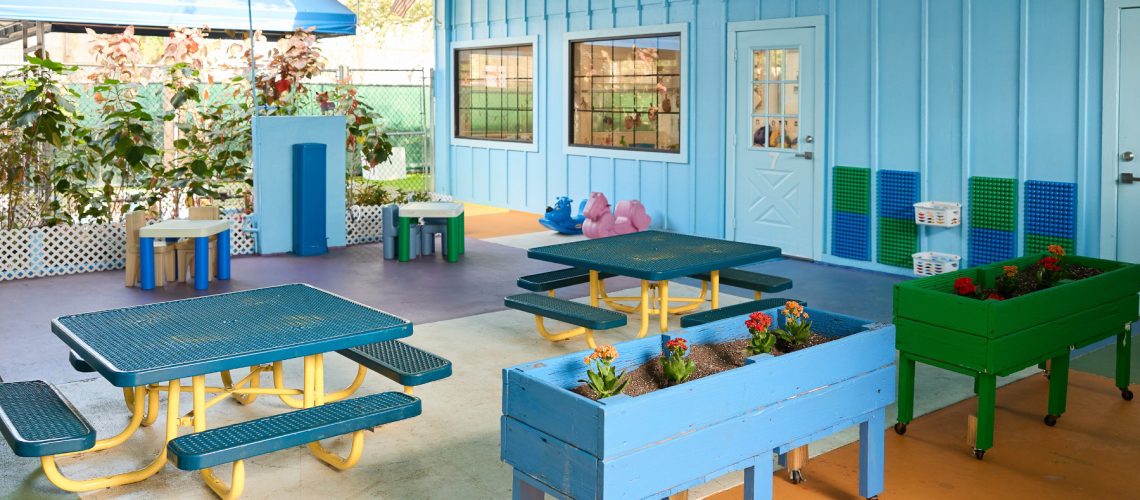Creating a Safe and Stimulating Outdoor Space for Preschool-Aged Children
The outdoor environment plays a pivotal role in the development of young learners, providing opportunities for movement, motor enhancement, and energy outlets. Establishing a well-designed outdoor space requires careful consideration and research, as it significantly contributes to the success of a preschool program. This article explores the necessary steps for creating an appropriate outdoor environment and implementing engaging childhood activities.
Complying with Rules and Regulations: In Florida, the Department of Children and Families Code outlines specific regulations for outdoor spaces catering to preschool-aged children. Each child in the program should have access to a minimum of 45 square feet of outdoor space, equipped with age-appropriate play equipment. The area must be securely fenced to ensure the safety of children, with a minimum fence height of 4 feet. Additionally, all equipment should have appropriate fall zones, such as wood chips or rubber matting, to prevent injuries.
Selecting Appropriate Equipment: When selecting outdoor equipment, it is essential to adhere to the guidelines specified in the DCF code. Consider the age range of children at the center and ensure that the equipment caters to the needs of different age groups. Catalogs usually provide age recommendations for each piece of equipment, helping you make suitable choices. If the center caters to children aged 1 to 5, the outdoor space should accommodate both age groups. Alternatively, you can establish separate play areas or designate specific time slots for different age groups, ensuring age-appropriate equipment is available to all.
Beyond Toys: Additional Considerations: Besides play equipment, there are other important factors to consider in the outdoor environment. Given that the playground is utilized at least twice a day, protection from harmful ultraviolet (UV) light is crucial. The DCF code mandates the presence of shade structures, trees, or a combination of both, covering at least one-third of the play area. This protects young children from the intense Florida sun. It is equally important for teachers and staff to take precautions during outdoor activities, including the use of sunscreen and sun hats for young children.
Ensuring Safety: Regular inspection of the outdoor space is vital to ensure the health and safety of the children. Staff and administration should conduct daily checks to identify and remove any hazardous or sharp materials that may have found their way into the play area. Young children are naturally curious and prone to exploring their surroundings, making it crucial to eliminate potential dangers promptly.
Conclusion: Designing an enriching outdoor environment for early childhood development requires adherence to rules and regulations, thoughtful selection of age-appropriate equipment, and attention to safety measures. Creating a stimulating outdoor space enables children to engage in active play and fosters their overall growth and development. By following guidelines, implementing necessary safety precautions, and conducting regular inspections, early childhood professionals can provide a secure and engaging outdoor environment that enhances the preschool experience for young learners.
Reference: Curtis, D., & Carter, M. (2007). Learning together with young children: A curriculum guide for educators.



